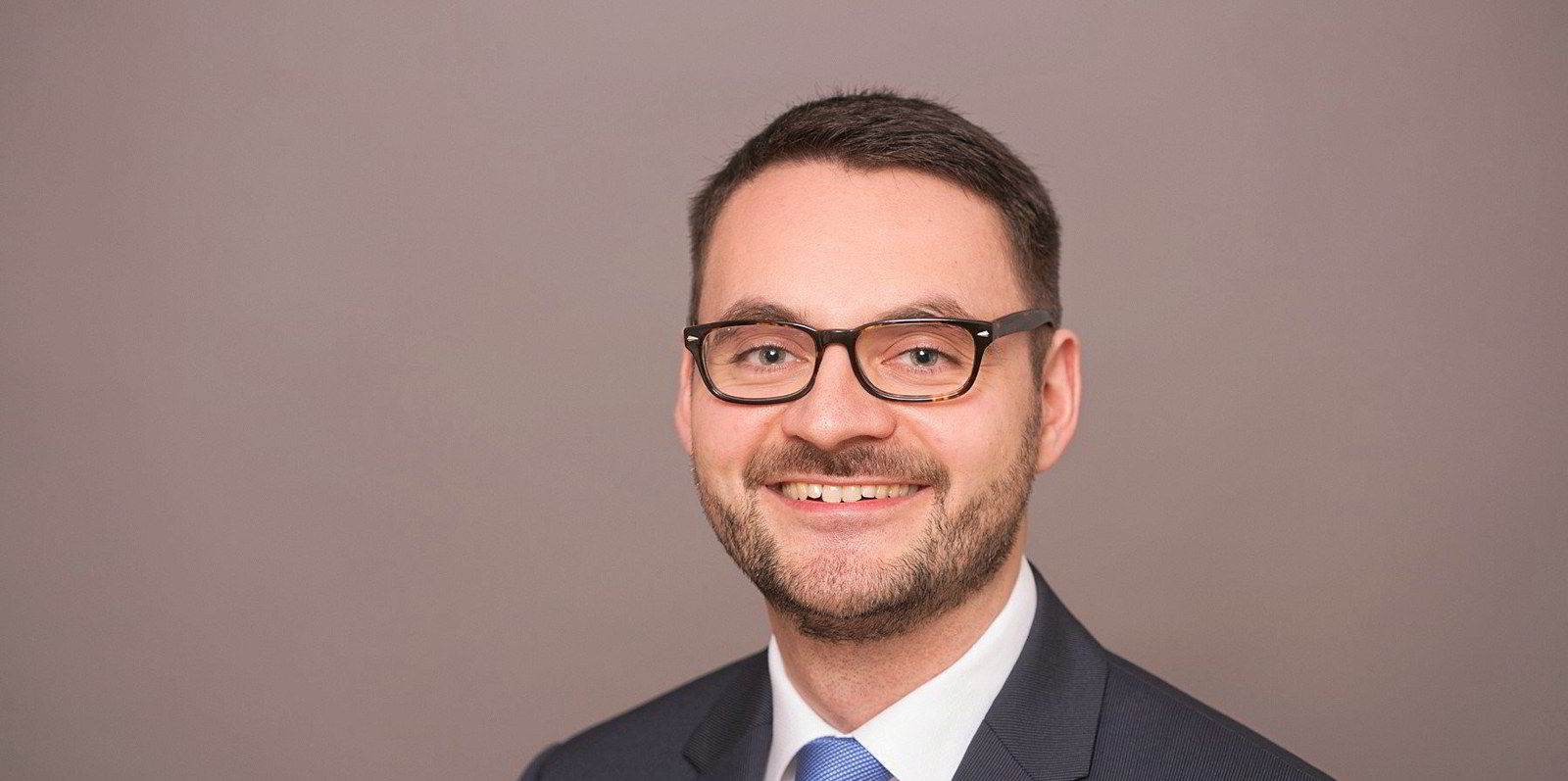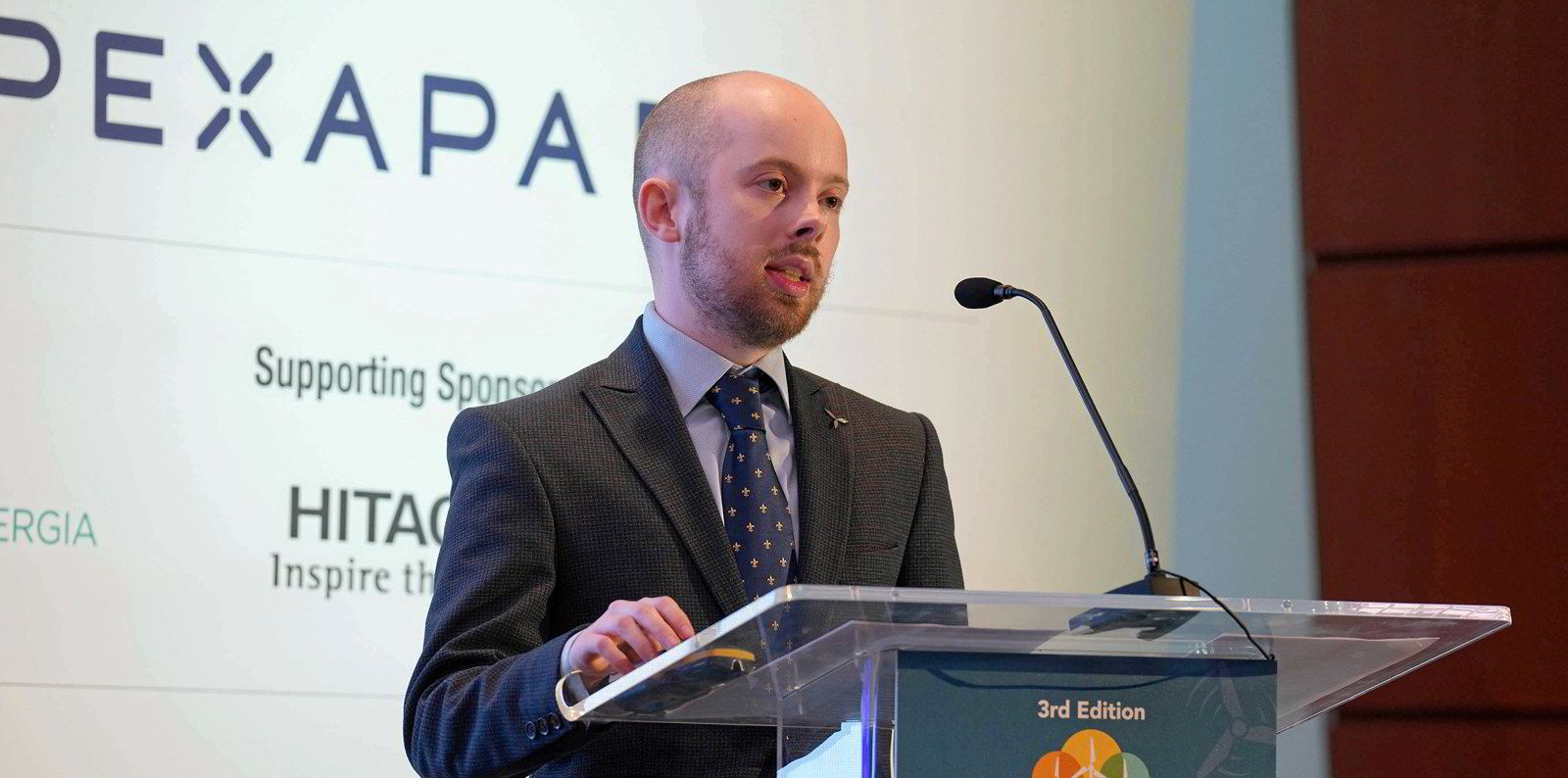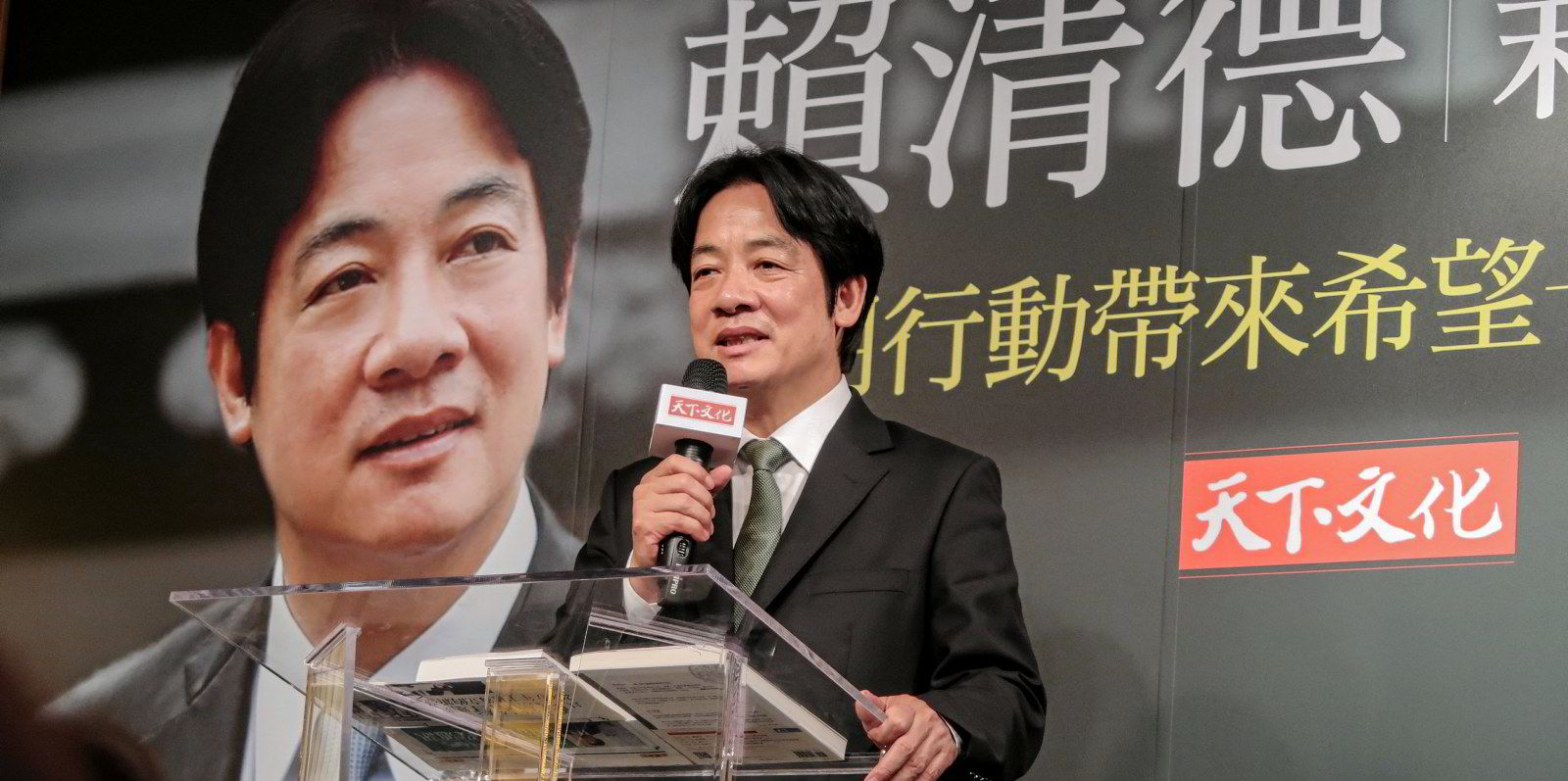This is going to be a crucial year for offshore wind. With significant auctions taking place not only in many established and emerging European markets, but also in Asia (including Japan, Taiwan and India) and both North and South America, 2024 has the potential to give offshore wind another global boost.
This will not happen automatically, however. Key parameters need to be in place. Otherwise, multi-billion-euro investments into new offshore wind projects will just not happen fast enough to meet many countries’ 2030 offshore wind targets.
Governments and regulators must be aware that in order to reach their 2030 targets, things must move quickly. With only six years left until 2030 it is critical to act now and to speed up, in particular, the development and permitting processes for new offshore wind projects.
Given the urgency to reach global climate targets, it is essential that countries do not waste valuable time by only reacting after things have gone wrong. This does not only apply to new emerging offshore wind markets, but also to existing ones. The UK, one of the world’s most established offshore wind markets, recently experienced what can happen if one of the key regulatory parameters is not flexibly adapted to changed economic circumstances. Luckily, the UK government quickly reacted after last year’s failed CfD auction and lifted the cap for the next auction round.
In addition to getting large-scale bottom-fixed projects online by 2030 the next few years will also be critical for floating wind. To reach commercial-scale breakthrough, essential questions around designing, building, and operating large-scale floating wind farms must be answered. Only then will investors, banks and insurance companies be comfortable to finance and insure such projects.
A common challenge which bottom-fixed and floating offshore wind are sharing is global supply chain bottlenecks. To successfully build GWs of offshore wind around the world at the same time, the supply chain must be able to meet the global demand not only for turbines, foundations, cables, installation vessels, and ports but also for qualified personnel. To fill this gap governments and industry must support and expand existing supply chain capabilities.
Another big topic over the next years will be the integration of green hydrogen production into offshore wind farms. How to best use offshore wind electricity to produce hydrogen is one of the most discussed questions in the industry right now. To find answers to many of the fundamental questions around offshore wind to hydrogen demonstration projects will be of utmost value to the industry. The remaining years of the 2020s can play a vital role in laying the groundwork before rolling out commercial-scale offshore wind to hydrogen projects in the 2030s.
WFO will do its best to get into the details of all these topics at this week’s WFO Global Summit in Barcelona. Over 200 global industry leaders will join us in person to discuss everything ranging from global policies to the future of floating wind, from supply chain & finance challenges to offshore wind to hydrogen.
Given the size of the challenge that the industry is facing to meet many countries’ 2030 offshore wind targets we need to share best practices, learn from each other, and form new alliances across the world. WFO will continue to actively promote offshore wind globally and our annual WFO Global Summit will hopefully help as a platform for global knowledge sharing and international collaboration.
Gunnar Herzig is managing director of WFO (World Forum Offshore Wind), the global business platform for the offshore wind industry




